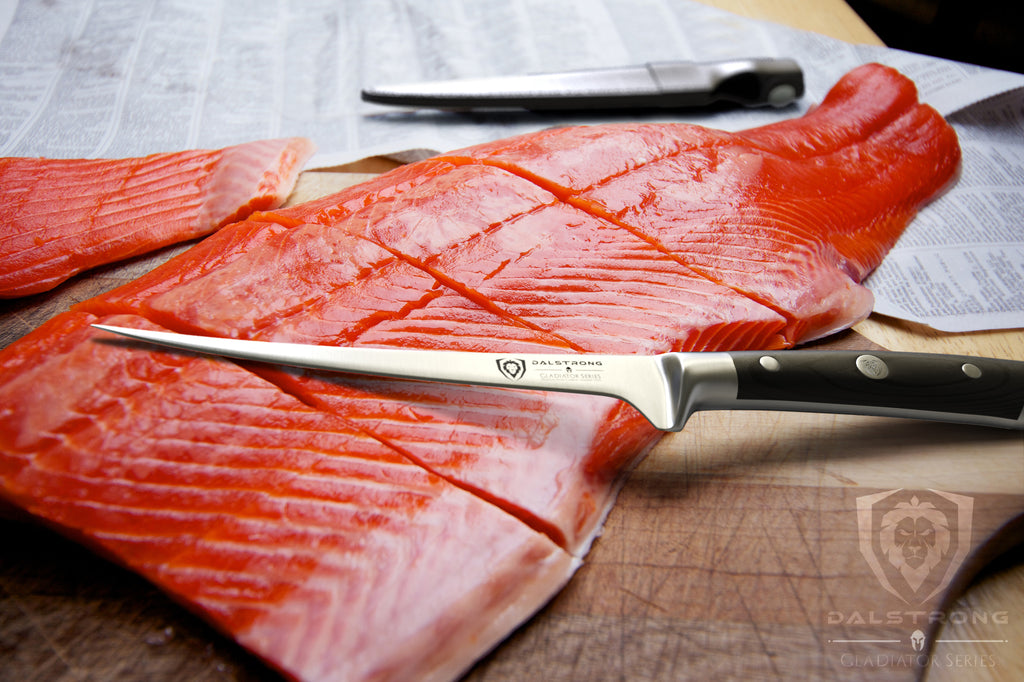Cleaning a catfish may seem daunting, but with the right steps and a fillet knife, you can do it efficiently. Understanding how to clean a catfish with a fillet knife is vital for anyone who loves fishing or enjoys fresh, self-prepared seafood.
In this detailed guide, we’ll take you through everything you need to know, ensuring that your catfish cleaning experience is both effective and enjoyable. By the end, you’ll be delighted with the results.

Why Clean Catfish?
Catfish are popular among anglers and seafood lovers. They are known for their robust flavor and versatile culinary applications. Cleaning your catfish properly ensures that you get the best flavor and texture out of your catch.
The Importance of a Fillet Knife
A fillet knife is a versatile tool, essential for any kitchen hobbyist. Its thin, flexible blade makes it perfect for slicing through fish with precision. Its approved for use in various kitchen tasks, making it a tremendous asset.

Getting Started: Tools You Will Need
Before you dive into cleaning your catfish, gather the necessary tools. Having the right equipment makes the process smoother and more efficient.
Essential Cleaning Tools
- Fillet Knife
- Cutting board
- Pliers or catfish skinning tool
- Gloves for safety
- Water for rinsing
Optional Tools
- Scissors
- Bucket for leftovers
- Paper towels

Step-by-Step Guide: How to Clean a Catfish with a Fillet Knife
Step 1: Preparation
Place your catfish on the cutting board and secure it. Wearing gloves can help you grip the fish better and protect your hands.
Step 2: Removing the Skin
Using your pliers, grab the skin near the head and pull. You’ll want to do this gently and steadily to avoid tearing the flesh. If the skin is tough, use a catfish skinning tool.
Step 3: Cutting the Head
Use your fillet knife to make an incision behind the gills. Ensure you are cutting through the bone, then twist and pull the head off.
Step 4: Gutting the Fish
Make a shallow cut along the belly of the fish to open it up. Remove the guts and rinse the cavity thoroughly with water.
Step 5: Filleting
Begin by cutting along the backbone. Lift the fillet as you cut to guide your knife and avoid cutting into the ribcage. Repeat on the other side.
Step 6: Removing the Rib Bones
Carefully cut away the rib bones from each fillet. Your fillet knife should glide smoothly under the ribs to remove them without wasting meat.

Tips and Tricks for Cleaning Catfish
Using the Right Fillet Knife
A high-quality fillet knife ensures smooth cuts and less wastage. If you’re unsure which one to get, check out this Japanese chef knife guide.
Keeping Your Knife Sharp
A sharp knife is crucial for efficient cleaning. Learn how to sharpen a knife to ensure your tools are always ready.
Working Clean
Maintaining a clean workspace avoids contamination and makes the process smoother. Use water to occasionally rinse your cutting board and tools.
FAQs
1. How long does it take to clean a catfish using a fillet knife?
On average, it takes about 10-15 minutes to clean a catfish when you have the right tools and experience.
2. Can I use a regular kitchen knife to clean a catfish?
While you can, it is recommended to use a fillet knife for its precise and flexible blade, which eases the cleaning process.
3. How do I know if my fillet knife is sharp enough?
A sharp fillet knife will make clean cuts without much effort. If you feel resistance while cutting, its time to sharpen it. Refer to this knife guide for more details.
As an Amazon Associate, I earn from qualifying purchases.


